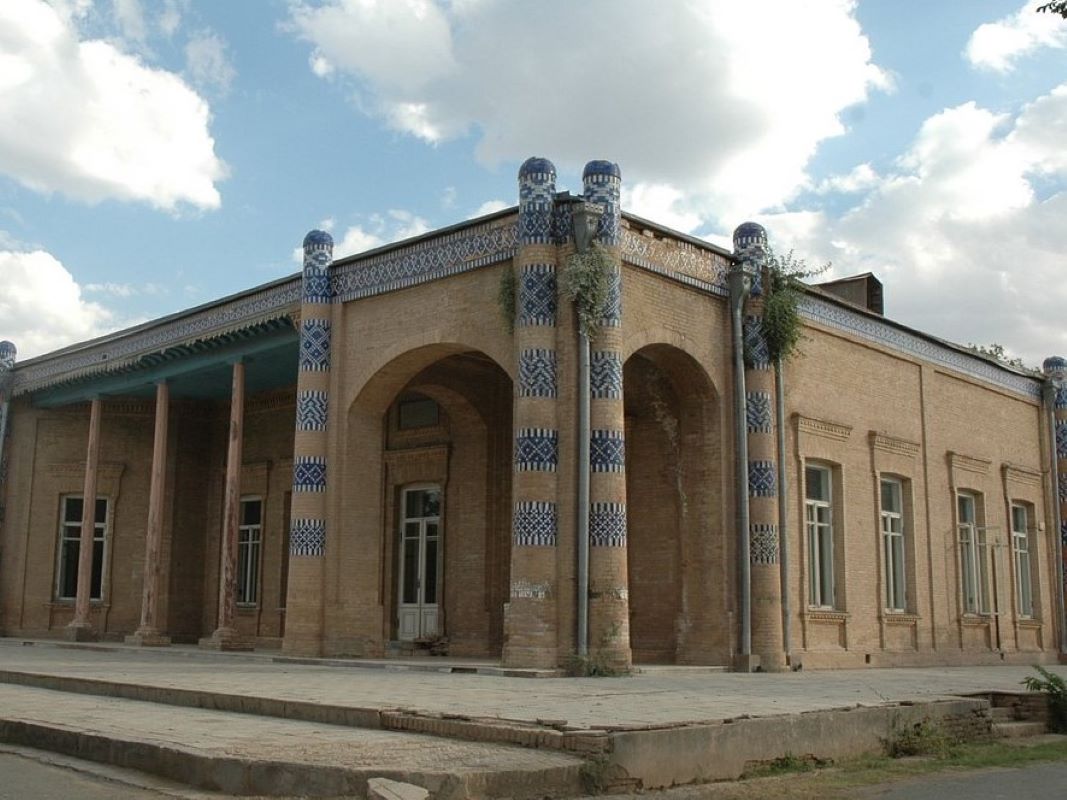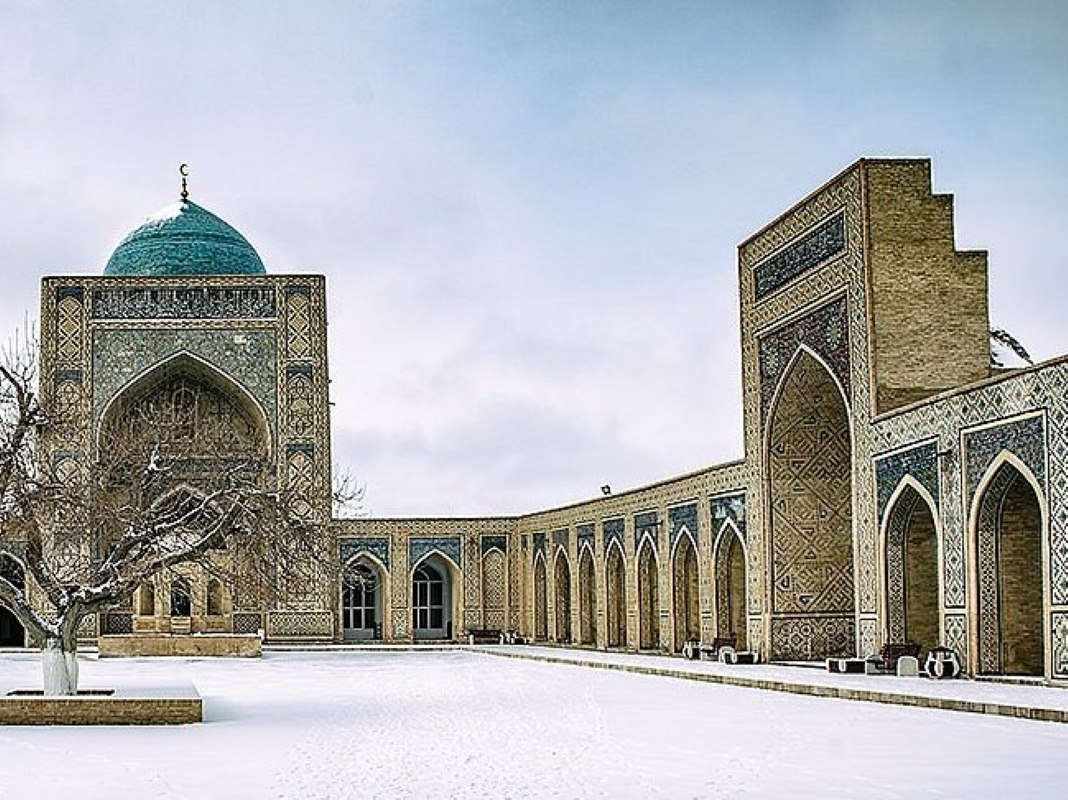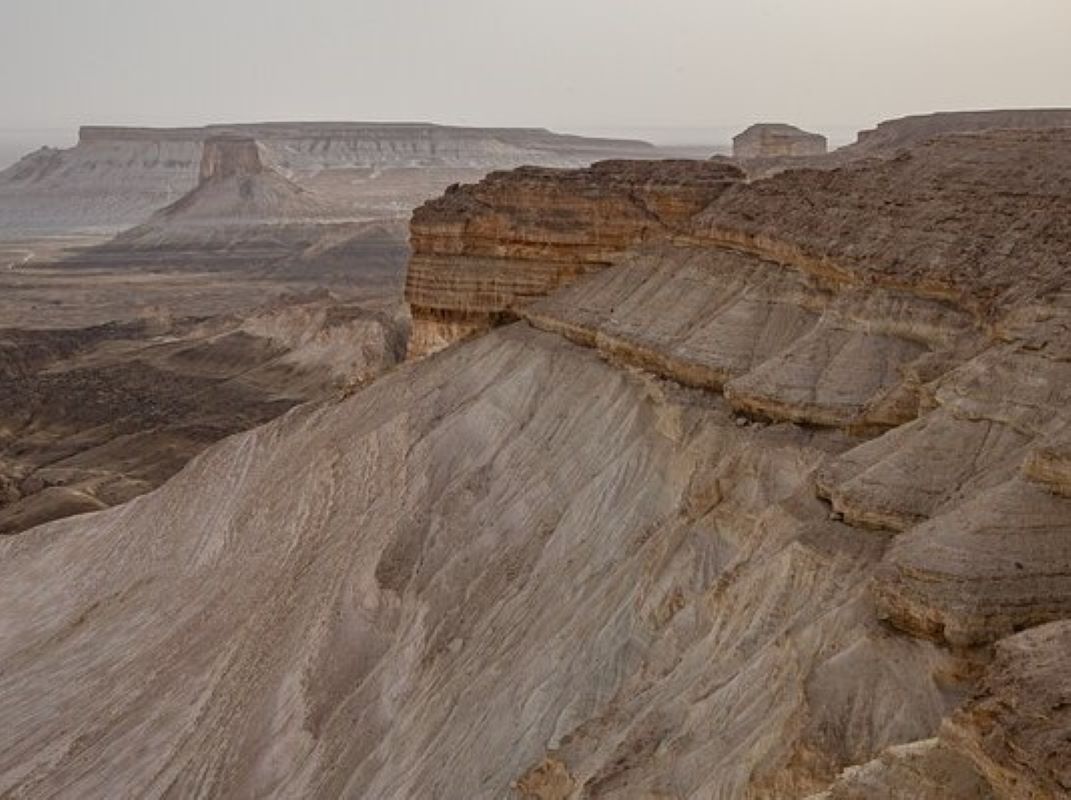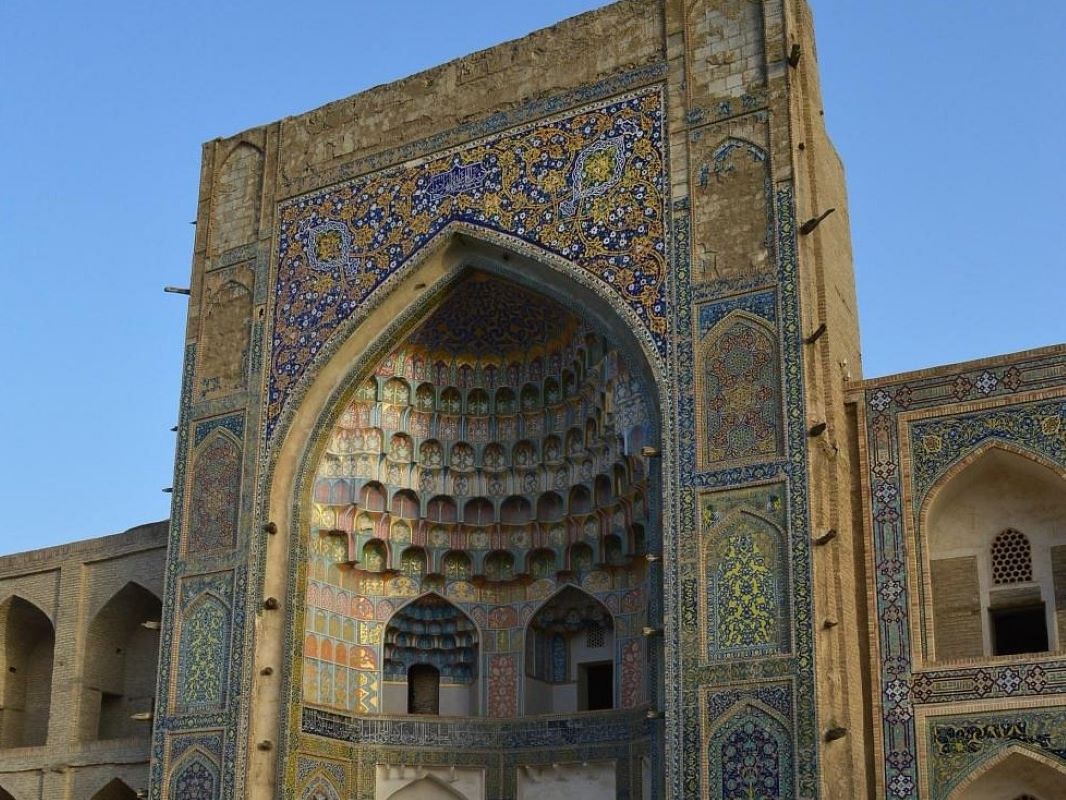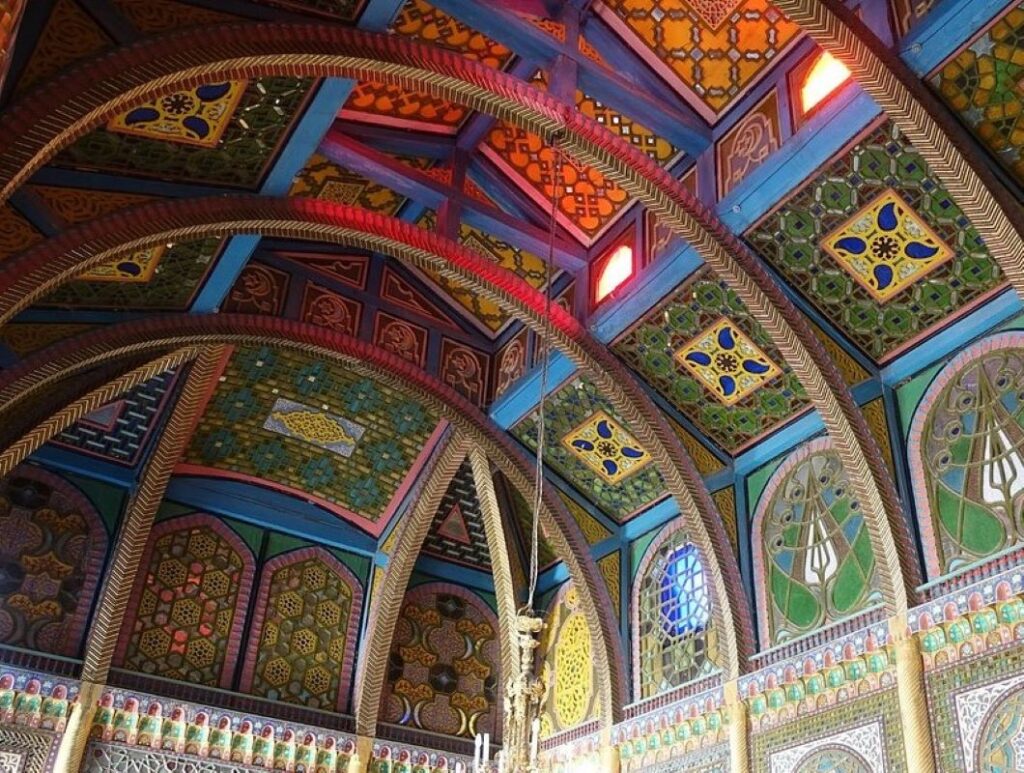
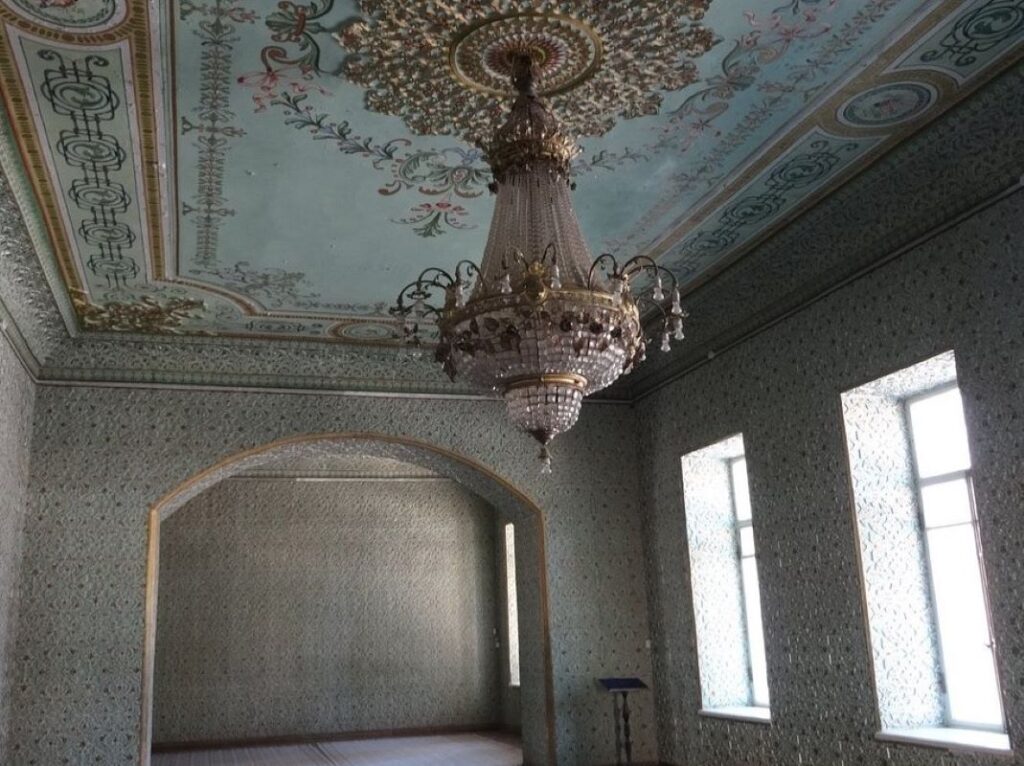
Nurullaboy Saroyi, a splendid architectural gem nestled in the heart of Bukhara, Uzbekistan, stands as a testament to the opulence and grandeur of Central Asian craftsmanship. This magnificent palace, built during the late 19th century, bears the hallmark of the illustrious ruler, Sayid Mir Muhammad Alimkhan, known as Nurullaboy, who commissioned its construction as a symbol of his wealth and power.
Constructed by skilled artisans and master craftsmen, Nurullaboy Saroyi is a marvel of Islamic architecture, characterized by its intricate tilework, soaring arches, and ornate carvings. From its imposing facade to its lavish interior chambers, every detail of the palace exudes an air of refinement and sophistication, reflecting the exquisite tastes of its royal patron.
As visitors step through the palace gates, they are transported back in time to an era of splendor and extravagance, where the courts of kings and emirs thrummed with the rhythms of music and poetry. Inside, the palace unfolds like a treasure trove of artistic wonders, with each room revealing new delights, from the shimmering mosaics of the reception hall to the delicate filigree of the private chambers.
The centerpiece of Nurullaboy Saroyi is its magnificent throne room, where the ruler once held court in regal splendor, surrounded by his courtiers and advisors. Here, the walls are adorned with gilded arabesques and frescoes depicting scenes from Persian mythology, while the ceiling is a masterpiece of wooden carvings and painted motifs.
Surrounding the palace, a sprawling garden oasis offers a tranquil retreat from the hustle and bustle of city life, with lush greenery, bubbling fountains, and fragrant blooms creating an atmosphere of serenity and repose. It is said that Nurullaboy himself took great pleasure in strolling through these verdant grounds, seeking inspiration amidst the beauty of nature.
Today, Nurullaboy Saroyi stands as a living testament to the rich cultural heritage of Uzbekistan, inviting visitors to marvel at its architectural splendor and immerse themselves in the history of the region. As travelers wander through its hallowed halls and manicured gardens, they are transported to a bygone era of kings and conquerors, where the echoes of the past reverberate through the corridors of time.

